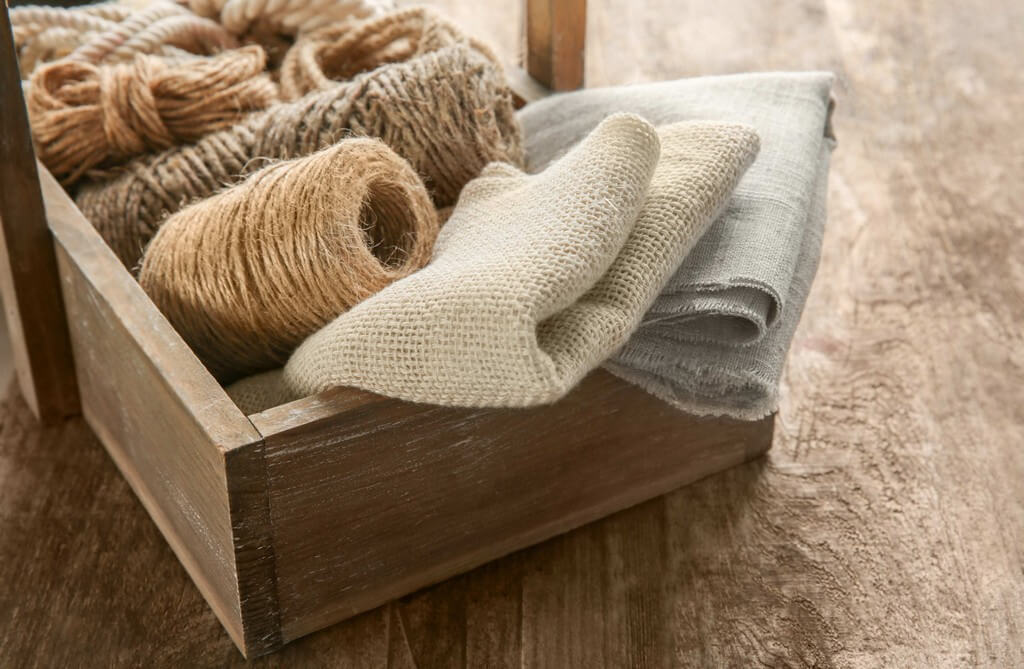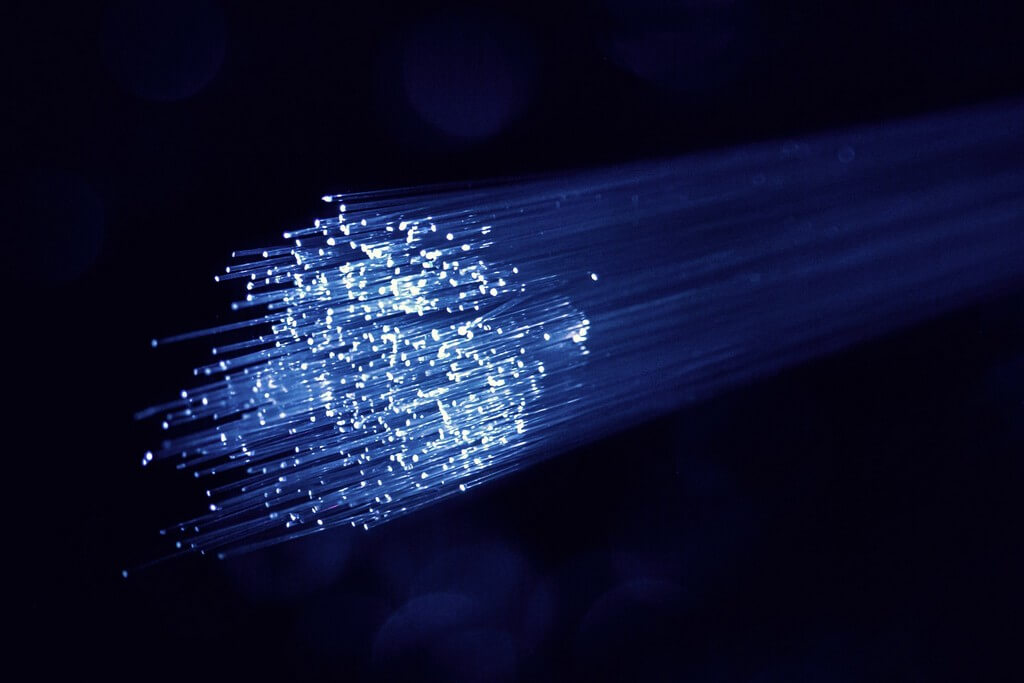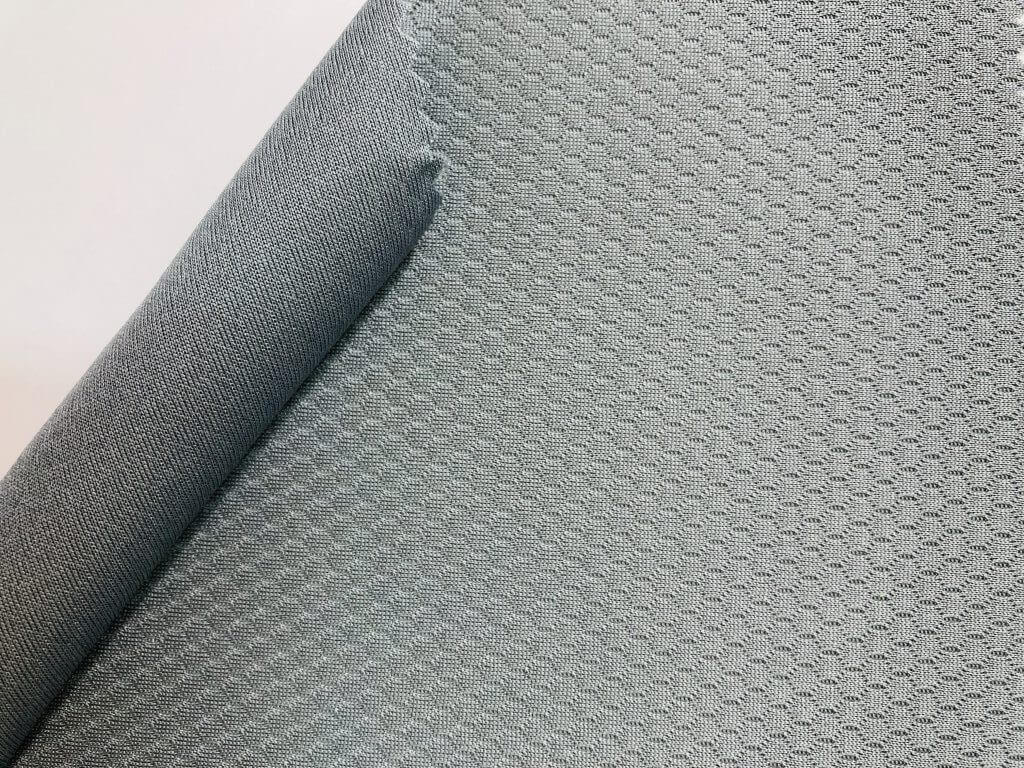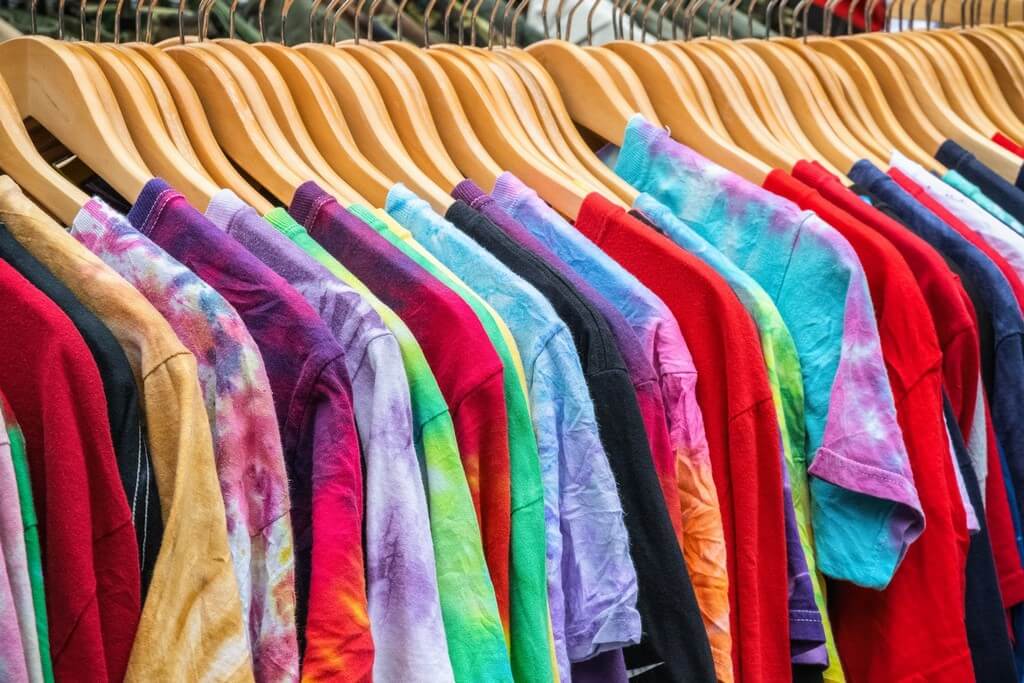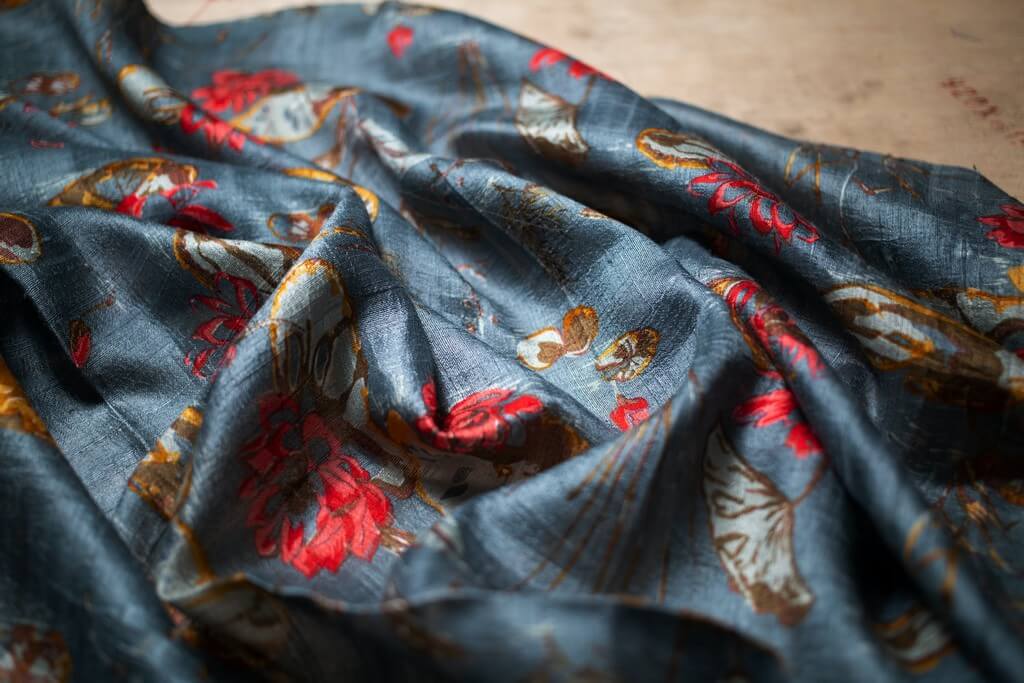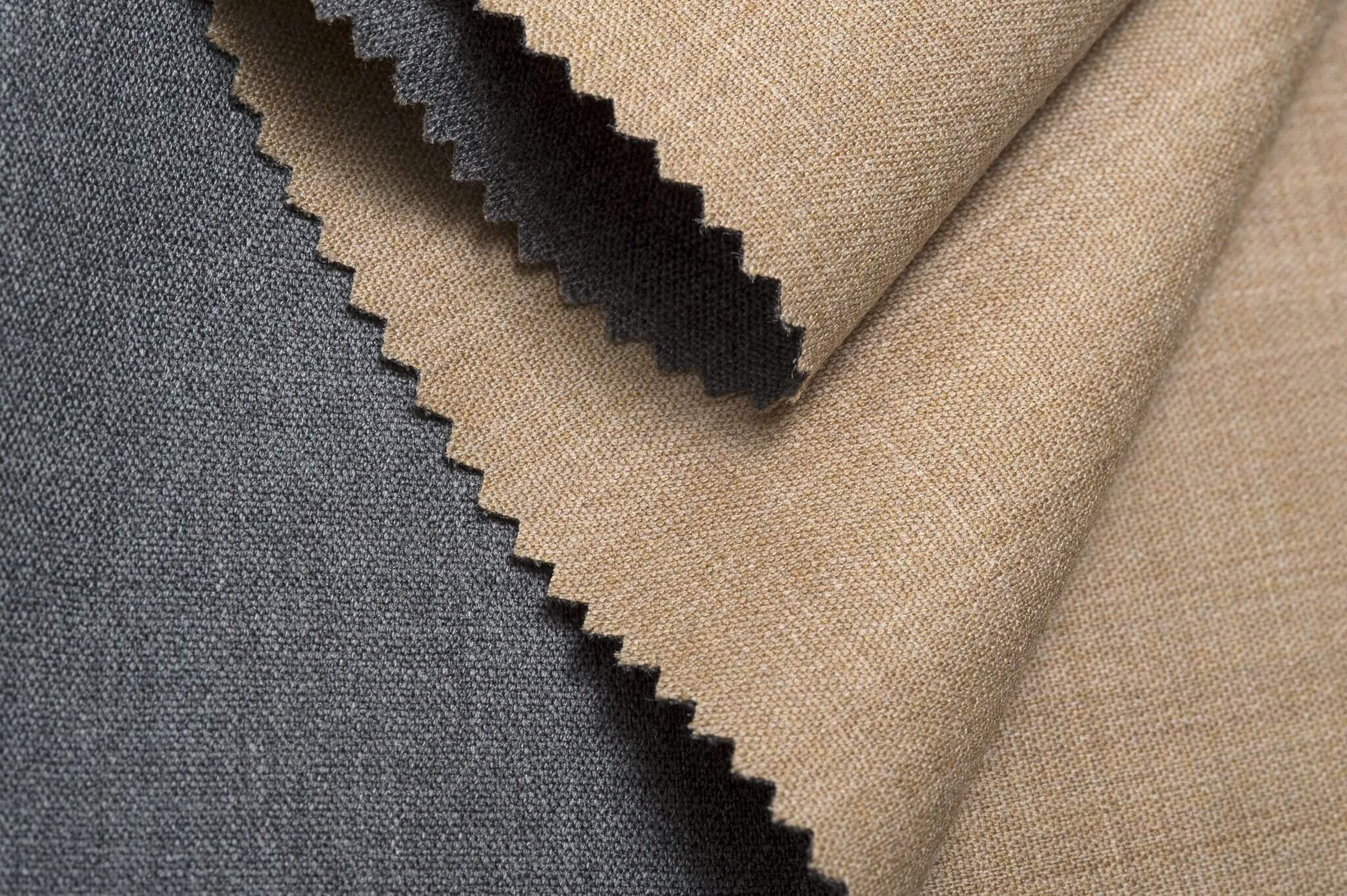Hemp fabric is a textile made from the fibres of the stalk of a Cannabis plant. It has been used extensively for industrial purposes like rope and sails. Known as a high-yielding crop, it is recognised for its high textile strength and for its durable textile fibre. It is sustainable and a versatile and durable natural fibre. Due to the psycho activities of
Innovative fabrics are textiles that combine the innovative potential of material that exist around us with the technical capabilities that man has formulated. These textiles can also take inspiration from nature in the forms of biomimicry. Innovative fabrics identify the loopholes in using traditional and commercial fabrics and offer solutions to various problems or concerns that these textiles were not capable of addressing.
Antimicrobial fabric benefits are many. Antimicrobial fabric is treated with chemicals on the fabric in order to inhibit the growth and movement of various bacteria, mold, mildew, and other hazardous microbes. This offers protection against these microbes. The main antimicrobial fabric benefits are as follows: Antimicrobial fabric stay cleaner and fresher longer Antimicrobial technology adds a durable defence barrier on fabric, which helps fight odour-causing
Antimicrobial fabric is a textile that offers protection against bacteria, mold, mildew, and other hazardous microbes. This can be achieved by treating the fabric with a proprietary topical chemical that inhibits the growth of pathogens or by using yarns which are designed to provide inherent microscopic antimicrobial functionality such as those found in high performance fabric constructed with specialty yarns. In combination, these
Tie and dye is the process of creating patterns on clothes or fabrics. These visual ‘patterns’ are created by binding, folding or simply scrunching the fabric before dyeing it. It is the dying natural fabrics that results in interesting and colourful patterns. The technique of tying cloth with thread and then dying it is the simplest and perhaps the oldest form of creating
Types of textile printing include various textile processes that are aimed at applying colour or pattern on textiles. In textile printing the textile fibre is bonded with the colour of the print so that there is no loss of colour due to friction and abrasion. Printing differs from dyeing where dyeing is the process of colouring the entire fabric as such, while printing
Textile trends 2022 as with any other forecasting are determined each year in prior to facilitate textile mills and companies to take inspiration for their production, based on textiles’ predicted and estimated demand. Textiles sustain the functioning and practice of many industries such as fashion, accessories and home, and their production impacts them subsequently. Last year in 2020, the textile industry suffered from




